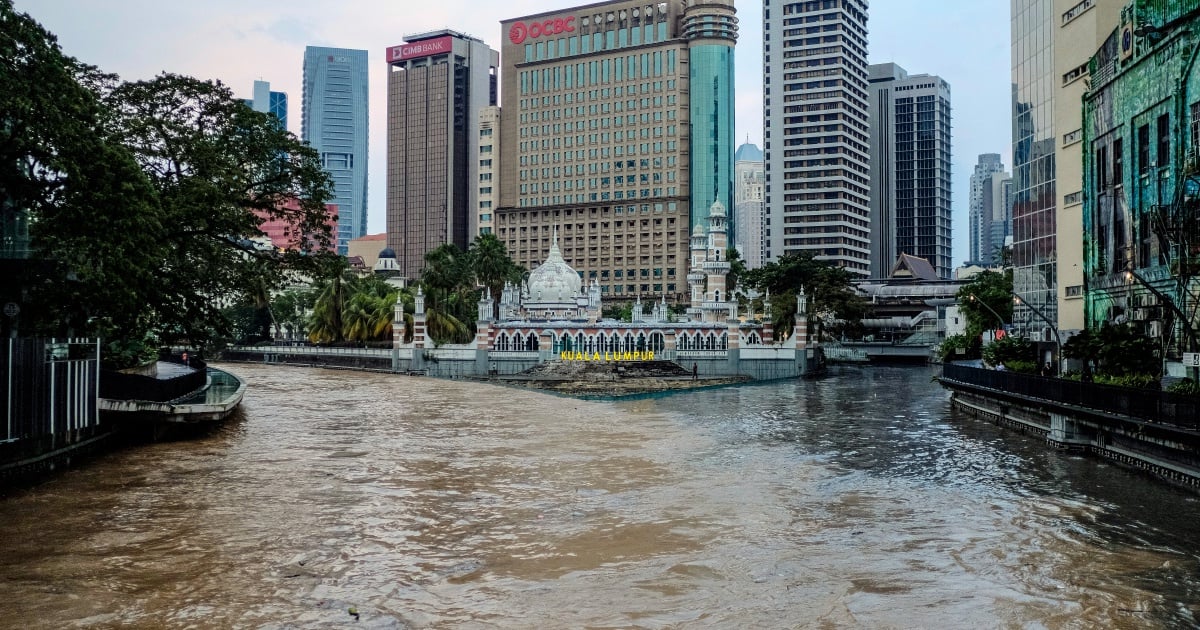About 10,000 years ago, ancient Mesopotamia, Egypt, the Harappan and China‘s early dynasties presciently fortified their great rivers as cradles of their civilisations.
The Tigris–Euphrates, the Nile, the Indus and the Yellow River were instrumental in the complex tapestry of human culture, nurturing technologies and advancements that still reverberates.
These philosophies influenced modern-day legislation: New Zealand passed a 2017 law that protected the Whanganui River as a “spiritual and physical entity”.
Stunning is Ecuador’s 2011 constitutional embedding of the “Rights of Nature” provision to protect its Vilcabamba River.
Conservation advocate and writer Robert Macfarlane not only averred this act as a “small country with a vast moral imagination”, he even imagined healthy rivers as a “alive, some vast and unknowable other life-way”.
On the flip side, the rivers of Malaysia, the grand rivers of Kuala Lumpur to be specific, are on the brink as waterways are dirtied, polluted, wasted and neglected.
As The Guardian put it recently, rivers worldwide have been “dammed, poisoned, reduced to servitude, erased from the map”. Malaysia is a sad part of this fact.
The Muddy Confluence, as the city was known in two centuries of inception, owed its historic growth to the confluence of Sungai Klang and Sungai Gombak.
These main waterways into the city are supported by the tributaries Sungai Batu, Sungai Kerayong and Sungai Damansara. Post-industrialisation, the rivers have become dumping grounds of every known civilisational foibles: human, domestic and toxic waste, factory effluents, household rubbish and an unsavoury mix of rotting food and vehicle oil.
The pollution points to hundreds of illegal structures that aggravate riverbank erosion and flash floods.
Temporary and permanent buildings, car wash centres, food stalls and storage sheds pockmark river reserves and damage riverbanks. Pollutants have either killed the natural habitat or spawned flesh-eating monsters that may date back to the Jurassic age.
In recent years, 47 per cent of Malaysian rivers suffer from serious water system degradation, mostly in Selangor, which registered almost 50 per cent of all water supply problems.
Rivers as dumping grounds are caused by population growth, poor waste management and need for convenient and cost-effective disposal on top of poor regulations and enforcement.
Kuala Lumpur gets hit with regular flash floods because of stormwater overflows during rainfall that forces overwhelmed wastewater treatment plants to release untreated sewage into the rivers, adding more pathogens and pollutants.
Adding to the city’s woes is the River of Life project to clean and beautify rivers, which has fallen into disrepute 13 years on, burdened by a RM4 billion investment. It’s high time we emulated progressive nations’ river conservation and protection philosophies through legislation or rescue programmes.
The ways and means to preserve, conserve and protect our rivers have always been there. All the government needs to do is to resolutely enforce them.
© New Straits Times Press (M) Bhd






